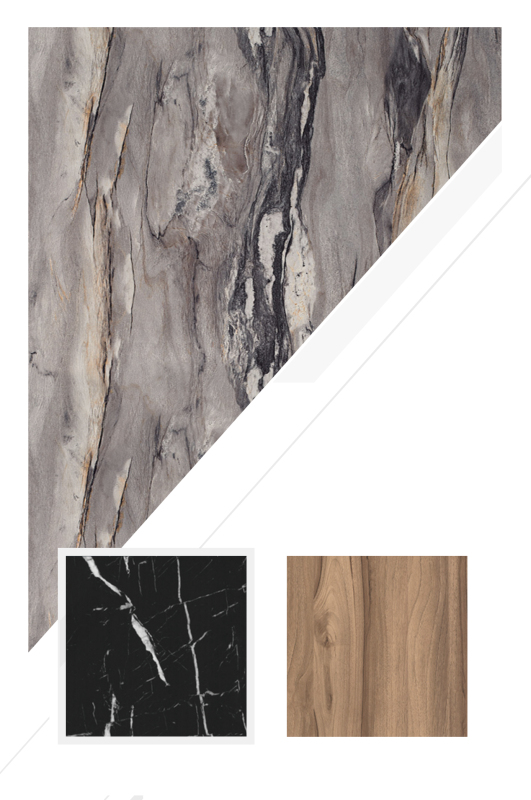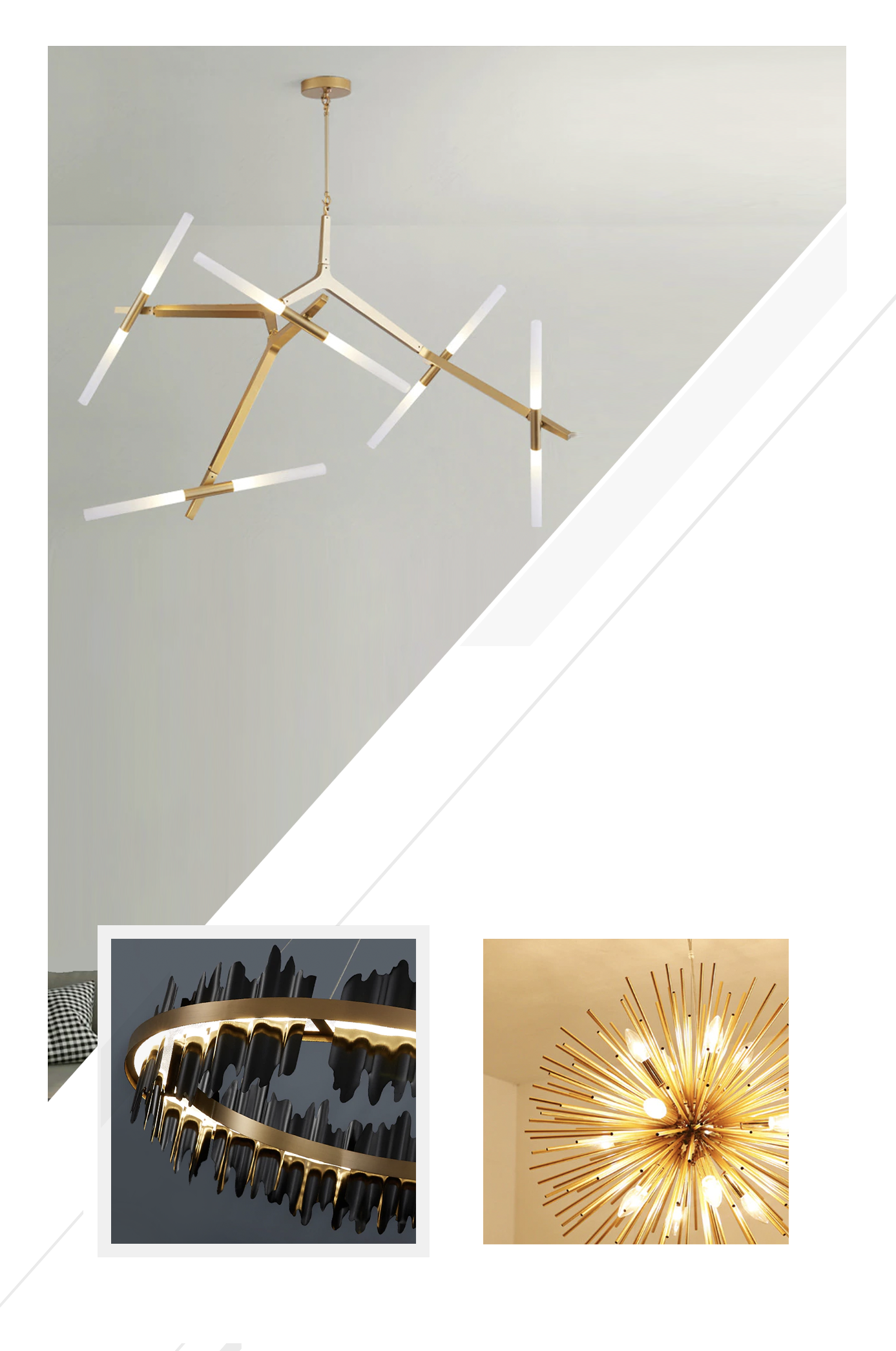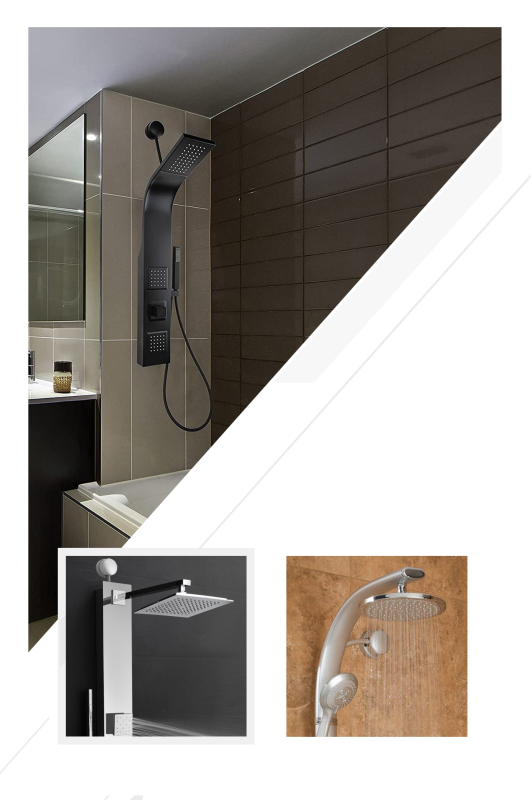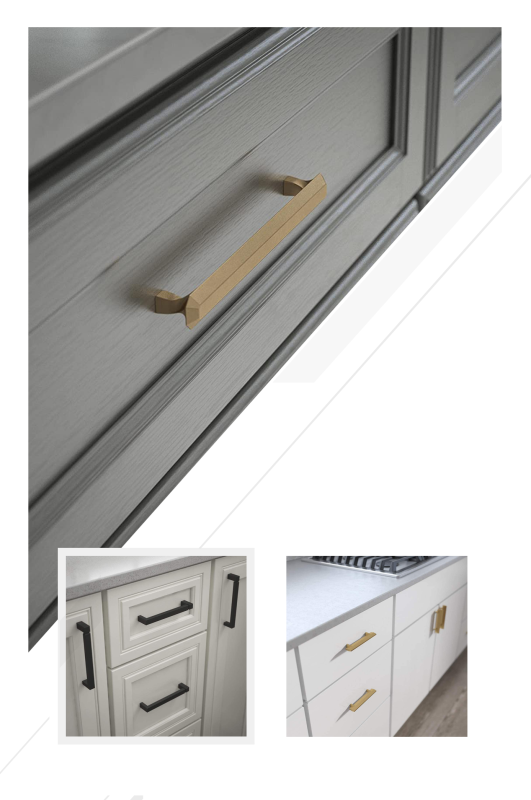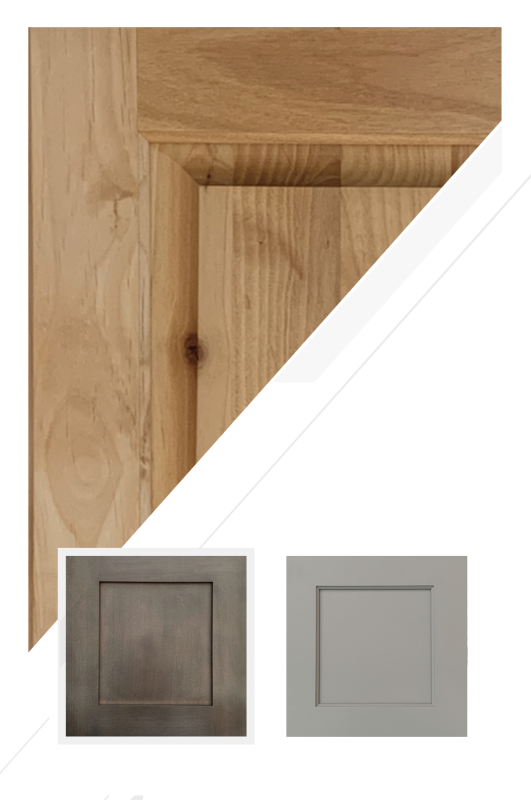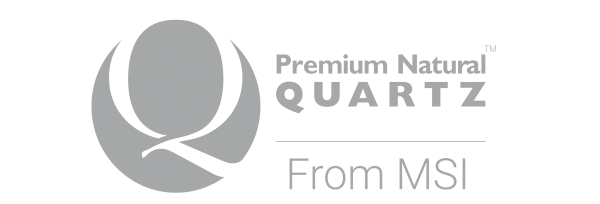Insurance to Keys: Navigating Claims, Supplements, and Funding Your Rebuild
By Joy Line Homes California
After a wildfire, families face two hard journeys at once. There is the emotional path back to home and the financial path through insurance and funding. Joy Line Homes guides both with a clear playbook. Our modular approach shortens schedules. Our documentation calms adjusters and lenders. Our team translates code upgrades into plain numbers so funds move and builds begin. From Los Angeles and Ventura to Santa Rosa, Napa, and Paradise, this article explains how we take a claim from paper to a set day and then to keys.
The secret is rhythm. Documents arrive in the same order for every project. Draws match visible milestones. Options are locked before factory release. When everyone sees the same picture, decisions land faster and costs stay predictable.
Start with a Clean Loss Summary
Every project begins with a single page that captures the loss and the plan. Address, parcel number, policy contacts, claim number, and the high level scope sit at the top. The sheet lists whether the rebuild follows the original footprint or a new plan family. A short note explains if an ADU will be used as a first roof for faster move in. This becomes the cover for the digital binder and the first file we share with the adjuster and lender.
Clarity at the top prevents confusion later. When underwriters and reviewers know what they are looking at, questions shrink to details rather than basic facts.
Understand Coverage Buckets
Coverage is usually divided into structure, contents, code upgrades, and additional living expenses. Joy Line ties scope lines to these buckets so each cost has a home. Structure covers the assemblies that form the building. Contents are personal items. Code upgrades pay for new requirements such as WUI details that did not exist when the home was built. Additional living expenses help with rent, hotels, and daily needs while the family is displaced.
We label each budget line with its bucket. When a question appears months later, the answer is already printed next to the number. That single choice keeps calls short and approvals steady.
ACV, RCV, and Holdback in Plain Language
Many policies pay in stages. Actual Cash Value is an initial payment that reflects age and wear. Replacement Cost Value is the full cost to rebuild new. The difference is often paid when work is complete. Joy Line aligns draw requests with these rules. Photo logs and inspection tags show completed milestones so holdback is released without delay. Owners see exactly how progress converts into dollars, and the calendar is not held hostage by avoidable confusion.
When lenders are involved, we add their forms to the same binder. Everyone signs the same page. Money moves because proof is easy to read at a glance.
When You Are Underinsured
It happens. Some families discover that limits are lower than current costs. Joy Line helps create a realistic path. First, we identify what insurance will cover. Then we add options in rank order so owners can decide what to build now and what to defer. An ADU may land first to restore address and reduce rent. The main home follows with a clean envelope and a future list. This plan protects comfort while keeping finances honest.
We also explore local resources, grants, and fee reductions. A modest gap can often be closed with a clear packet that shows scope, schedule, and community benefits such as additional housing through an ADU.
Supplements that Stand Up
Supplements are requests for added funds when required work was not in the original estimate. Joy Line submits supplements with three parts. A simple description in plain language. A code or condition reference that explains why the work is required. A price that ties to a known assembly. Photo proof sits beside the request. Adjusters appreciate that the ask is short and complete. Approvals arrive faster because the packet answers questions before they are asked.
Common supplements include WUI assemblies, utility upgrades, helical piles for disturbed soils, and corrosion aware materials in coastal zones. We only submit what is required and we show why. Trust builds with every accurate request.
Scope by Assemblies, Not Guesswork
Budgets fail when they lean on allowances. Joy Line prices complete assemblies. Class A roof with specific flashing. Fiber cement cladding with metal trims. Tempered windows with documented ratings. Enclosed eaves with vent guards. Each line includes the detail that satisfies plan check and inspection. When scope is real, invoices match, and the claim reconciles without friction.
This assembly language also helps owners make choices. Each option has a cost and a purpose. Safety and comfort stay first. A clean plan beats a list of allowances every time.
ADU First as a Finance Strategy
An ADU can change the math. It lowers rent costs while the main home is built, and later it can provide income. Joy Line places the ADU where utilities are close and where a courtyard can take shape with the main home. Inspections move faster on small work, which teaches the city and the lender our rhythm. Once the ADU is complete and occupied, families gain stability. Draws for the main home proceed with less pressure.
In Los Angeles and Ventura, ADUs often fit near the drive, which shortens trenching. In Napa and Santa Rosa, they can face vines or open space and create a calm outdoor room for daily life during the larger build.
Lender Draws that Mirror Reality
Lenders release funds when they can see what is complete. We pair each draw with a dated photo log and inspection tags. Deposit, factory completion, set day, dry in, and final each have a short paragraph and images. The lender and the adjuster can approve from their screen in minutes. This keeps checks timely and protects the schedule from slow paperwork.
Across a block of neighbors, we align draw calendars so inspectors and lenders handle several homes in one pass. The street moves together and confidence rises for everyone involved.
Permits, WUI, and Code Upgrades Without Panic
New codes often feel like moving targets. Joy Line turns them into a checklist. Our packet shows WUI assemblies, vent guards, enclosed eaves, and Zone Zero bands with photos and cut sheets. Title 24 energy reports match the same assemblies so reviews do not conflict. When reviewers see that the set matches the sheet, red lines fade. Code upgrades are priced and labeled in the code bucket so funds for these items are clearly separated from general structure costs.
Because our documents arrive in the same format on every job, plan reviewers learn to trust the packet. Approvals become predictable and owners avoid weeks of preventable waiting.
Choosing a Loan or Bridge Option
Some families need a gap loan while insurance and draws move. We help owners understand the basics. A construction loan that funds milestones. A bridge that covers early work such as debris closure, soils notes, or temporary power. A refinance after completion that removes construction line items and brings payments back to normal life. We do not sell loans. We simply keep the calendar and the documents in shape so any lender can say yes quickly.
Clean schedules and assembly based budgets reduce risk. Lenders respond to order. Projects move because the path is easy to read at a glance.
What To Do First and What To Avoid
Do photograph everything before cleanup. Do request and save debris closure letters and lab results. Do open a shared folder for adjusters, lenders, and inspectors so files never hide. Do choose an option set once and lock it before factory release. Do schedule group inspections with neighbors when possible. These steps create momentum.
Avoid verbal changes without a written log. Avoid buying fixtures early without model numbers on the plan. Avoid random site visits without safety gear or notice to crews. Avoid waiting to ask for a supplement until work is already done. Calm steps now protect weeks on the back end.
Documentation that Wins Trust
The digital binder is our quiet hero. It holds the loss summary, scope, assemblies, photos, plan sets, permits, inspection cards, change requests, and draw logs. A contents of binder page lives at the front. When a new person joins the project team, they can catch up in minutes. When an adjuster asks for proof, the answer is a link, not a hunt through emails.
Owners receive a printed quick set with the most used sheets. Inspectors see laminated tags on site where it helps. Small touches reduce friction everywhere the project interacts with a new set of eyes.
City Notes: Five Places, One Finance Rhythm
Los Angeles: Hillside work often adds platform and access costs. We price these early and label them clearly so adjusters and lenders are not surprised. Neighborhoods appreciate grouped inspections that keep streets open by dinner on set day.
Ventura: Coastal conditions ask for corrosion aware hardware and enclosed skirts. These items are listed as code related or durability upgrades. Joint reviews with fire and building can cut a week when packets are complete.
Santa Rosa: Neighborhood infill favors repeating details and faster plan checks. Three neighbors using the same assembly set will often see approvals and draws arrive in sync.
Napa: Rural parcels may require well, septic, or vineyard coordination. We align those costs with structure and code buckets so the claim reconciles without confusion.
Paradise: Disturbed soils often lead to helical piles. We attach torque logs and photos to supplements so approvals move without extra visits. Clustered draws across a lane keep calendars steady for several families at once.
Stories from the Field
In Los Angeles, a family rebuilt on a hillside by locking options early and using a clear draw map with photos. The lender released funds within hours of each inspection. In Ventura, corrosion aware hardware and enclosed skirts were approved as code upgrades with a simple supplement that showed cut sheets. In Santa Rosa, three neighbors used one assembly set and closed permits within a week of each other. In Napa, a well and power upgrade were labeled in the right buckets and funded without dispute. In Paradise, torque logs and photo proof moved a helical pile supplement the same day it was submitted.
Ownership Routines that Protect Your Claim
Keep a simple project journal. Note dates of inspections, deliveries, and payments. Photograph anchors, eave closures, and utility labels. Save texts and emails that confirm decisions. After move in, keep the one page seasonal plan close. Sweep the five foot band. Rinse leaf guards. Change filters. Small routines show that the home is cared for and help with future insurance conversations. Good records are peace of mind that lasts beyond the final draw.
The Joy Line Perspective
Rebuilding is a team sport. Families, adjusters, lenders, inspectors, and builders all want the same outcome. A calm home that is safe, beautiful, and delivered on time. Joy Line Homes brings documents, assemblies, and schedules together so funds flow and work keeps moving. With clear packets, honest scopes, and respectful communication, the claim becomes a path rather than a wall. From insurance to keys, the steps are steady and the finish is sweet.
About Joy Line Homes
Joy Line Homes builds modular residences and ADUs across California with an insurance smart process. Assembly based scopes, supplement packets, and clean draw logs keep funds moving so families return home sooner.
Visit JoyLineHomes.com to request our loss summary template, supplement checklist, and draw map for your rebuild.
We are based in Santa Cruz County ,
California
Tel: (831) 888-Home
Email: info@joylinehomes.com
Business Hours: 9am - 6pm

